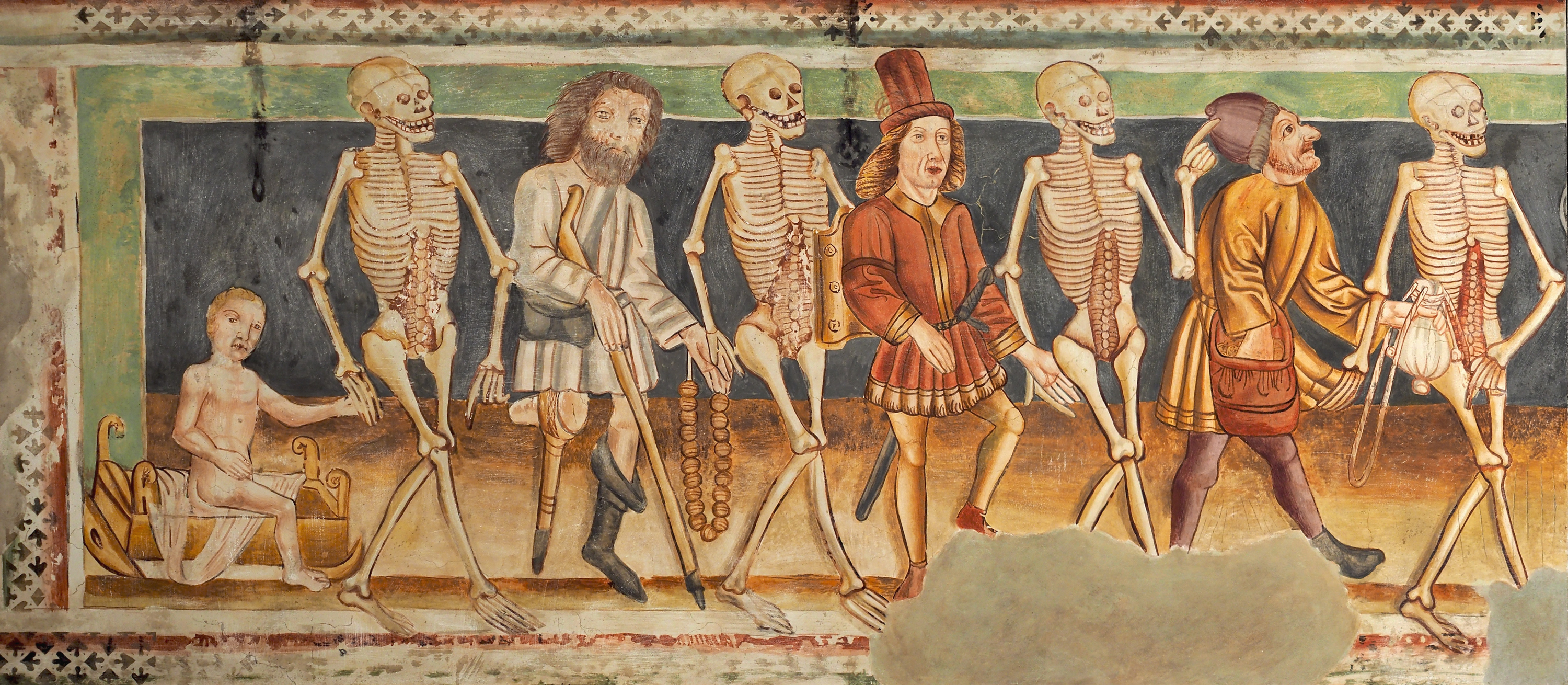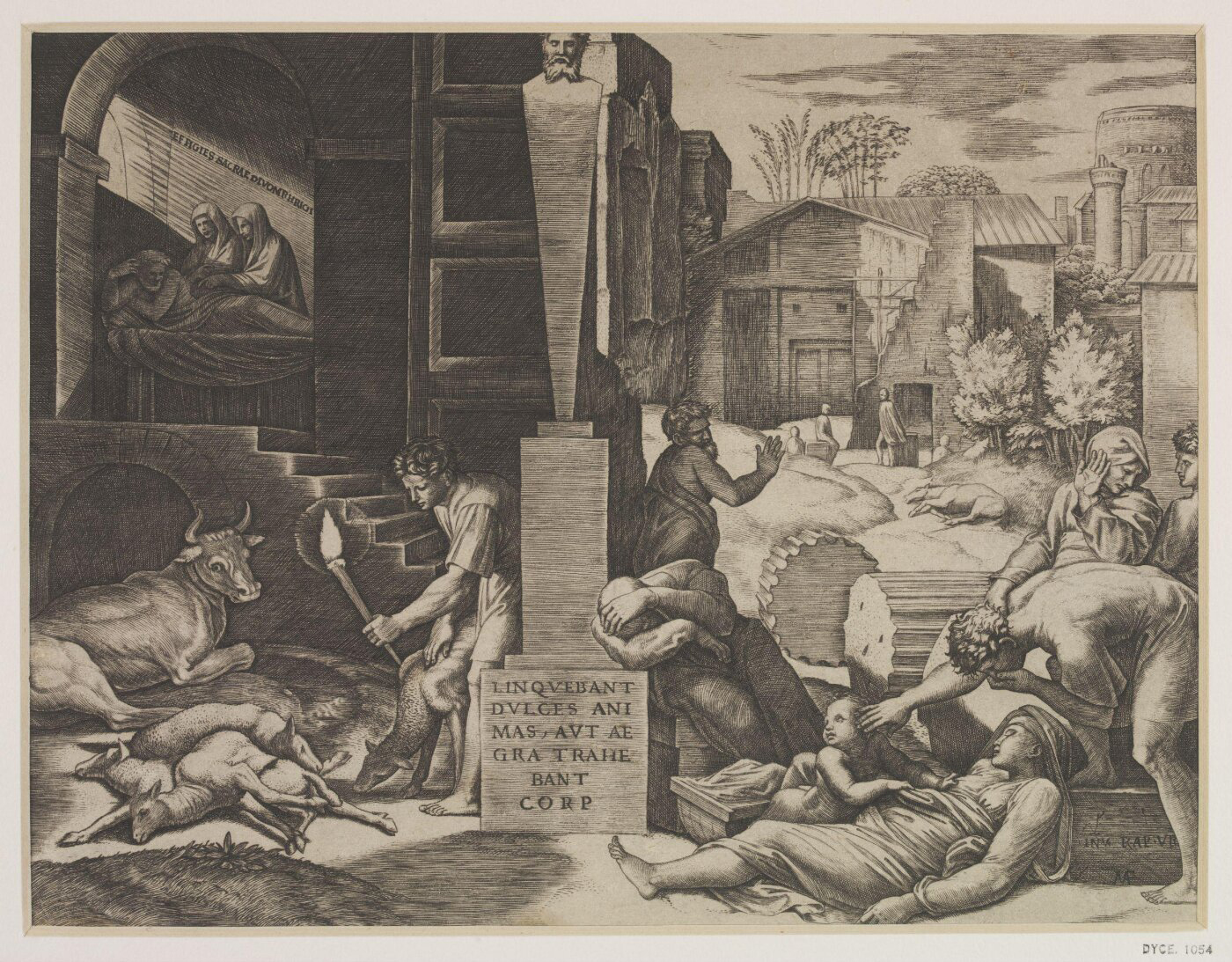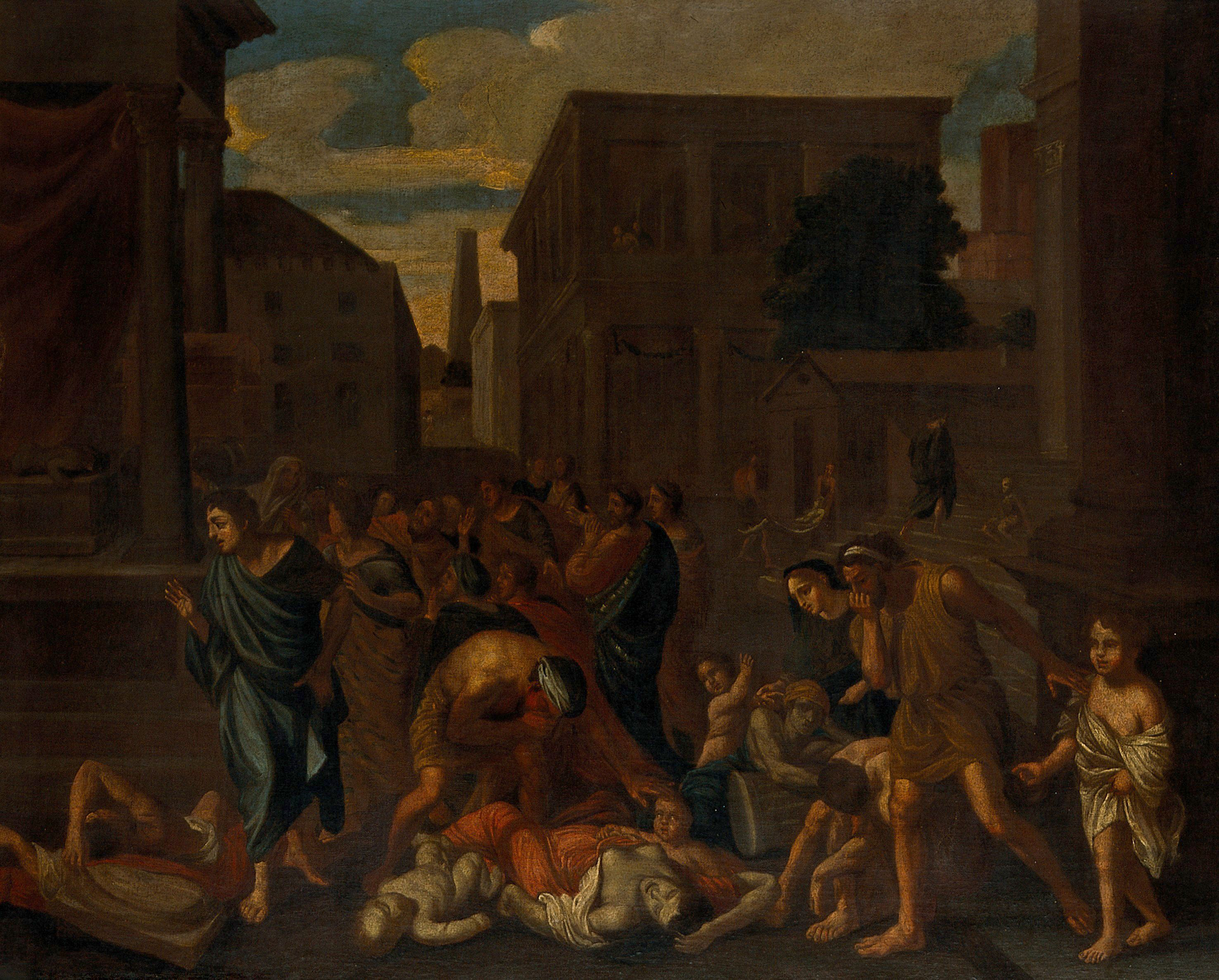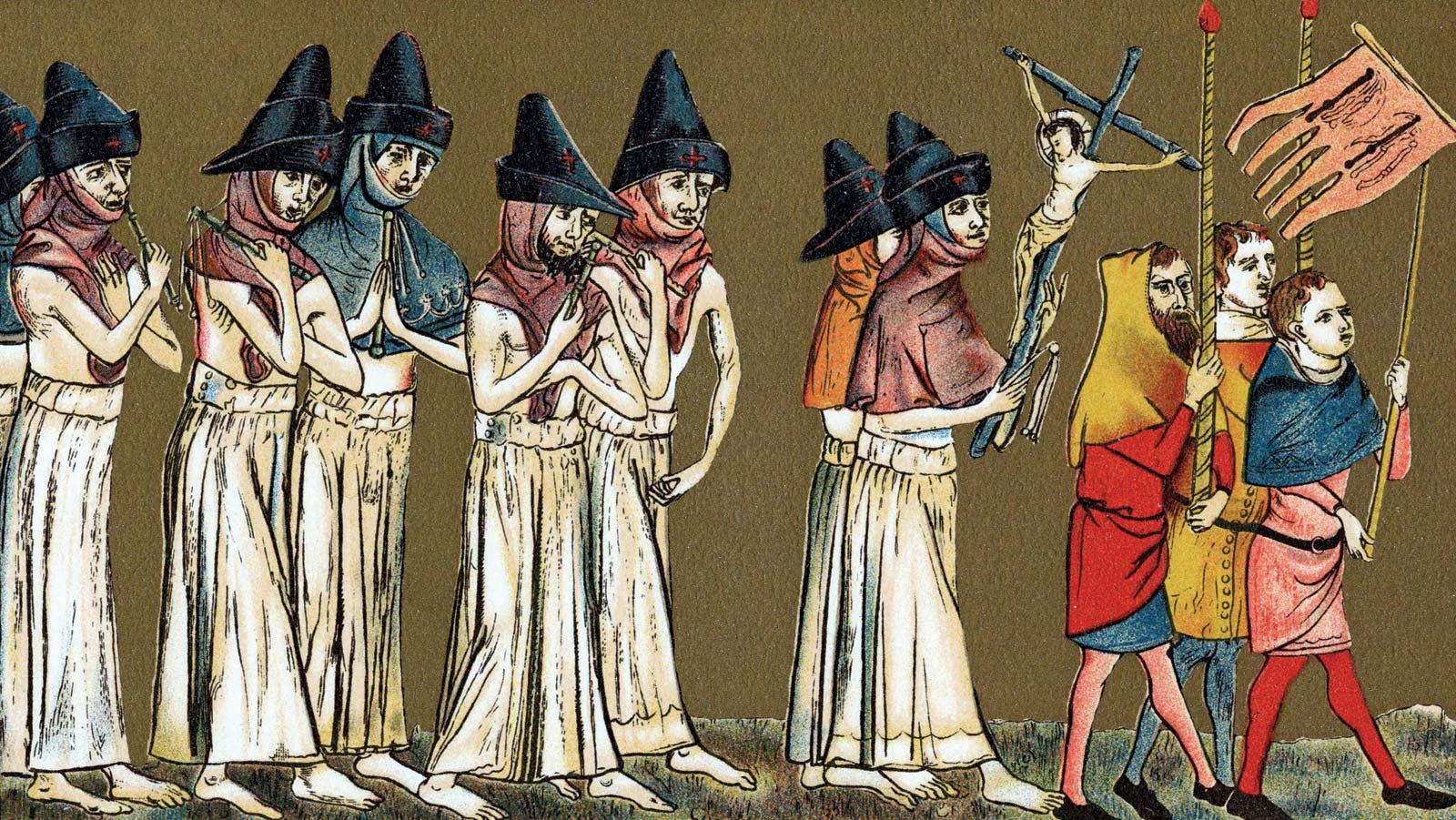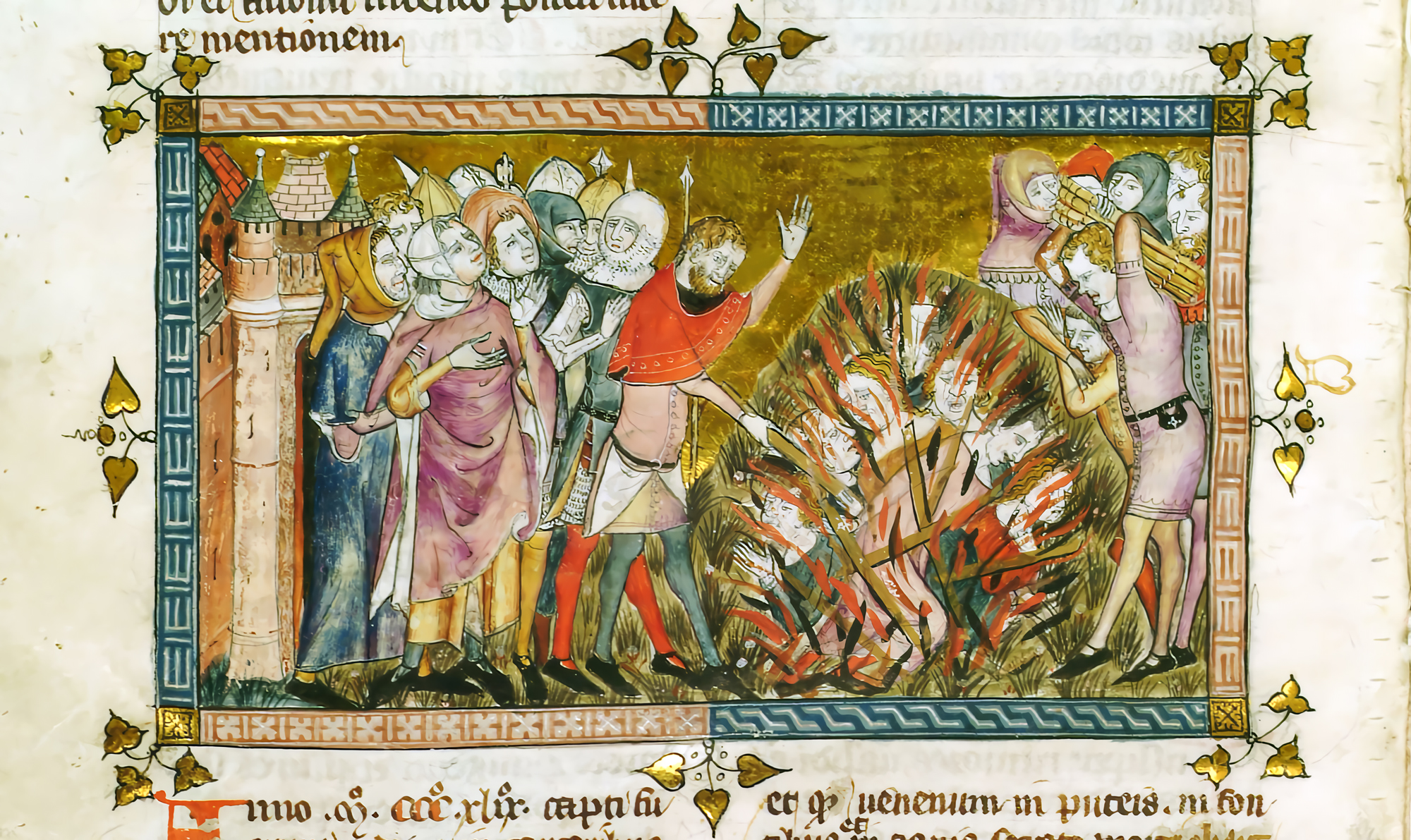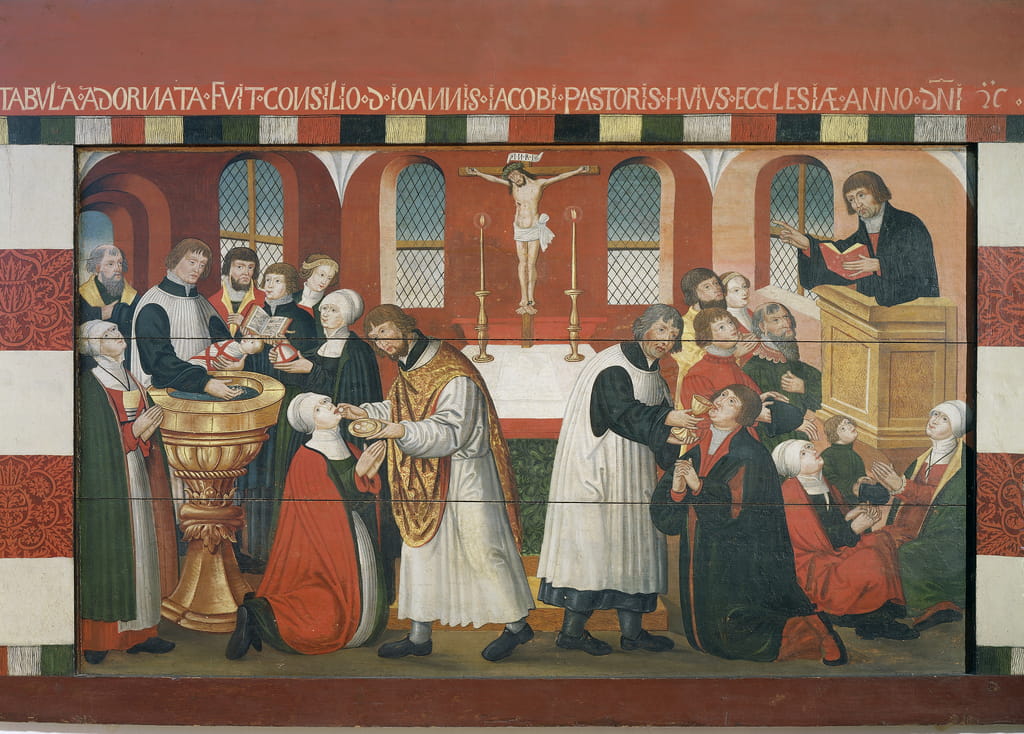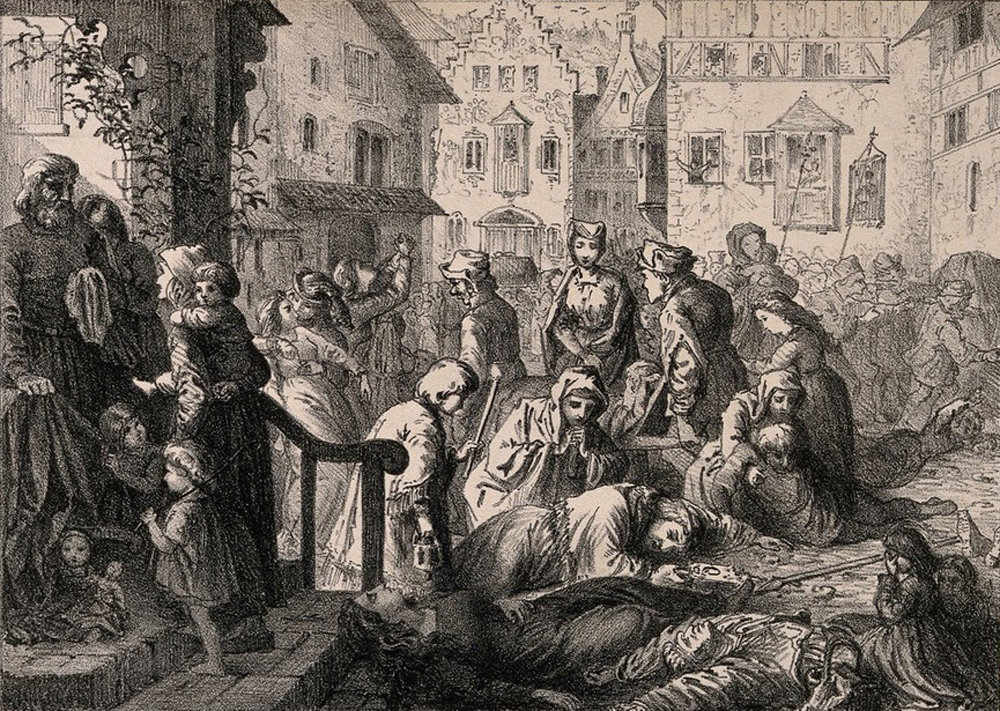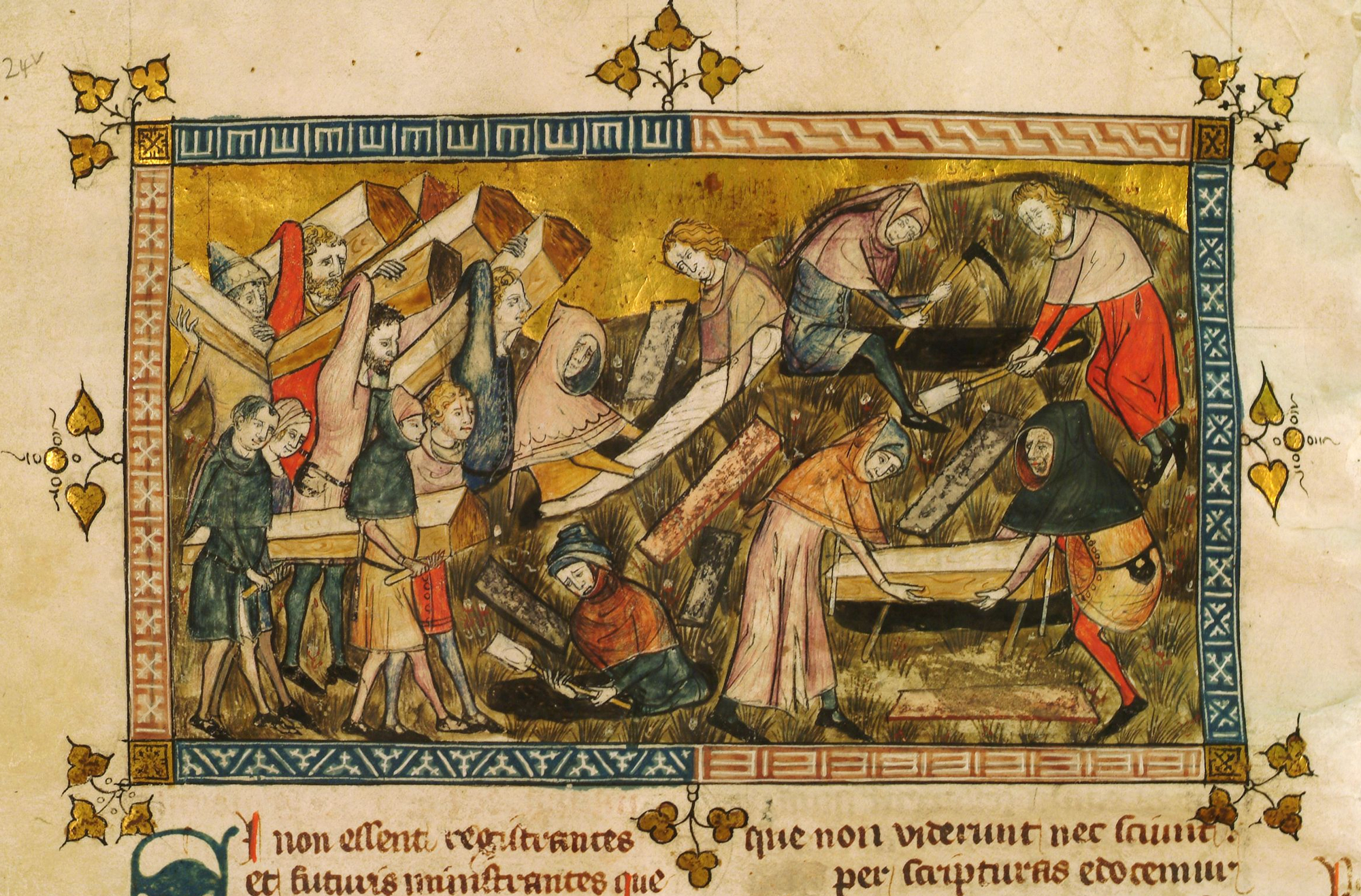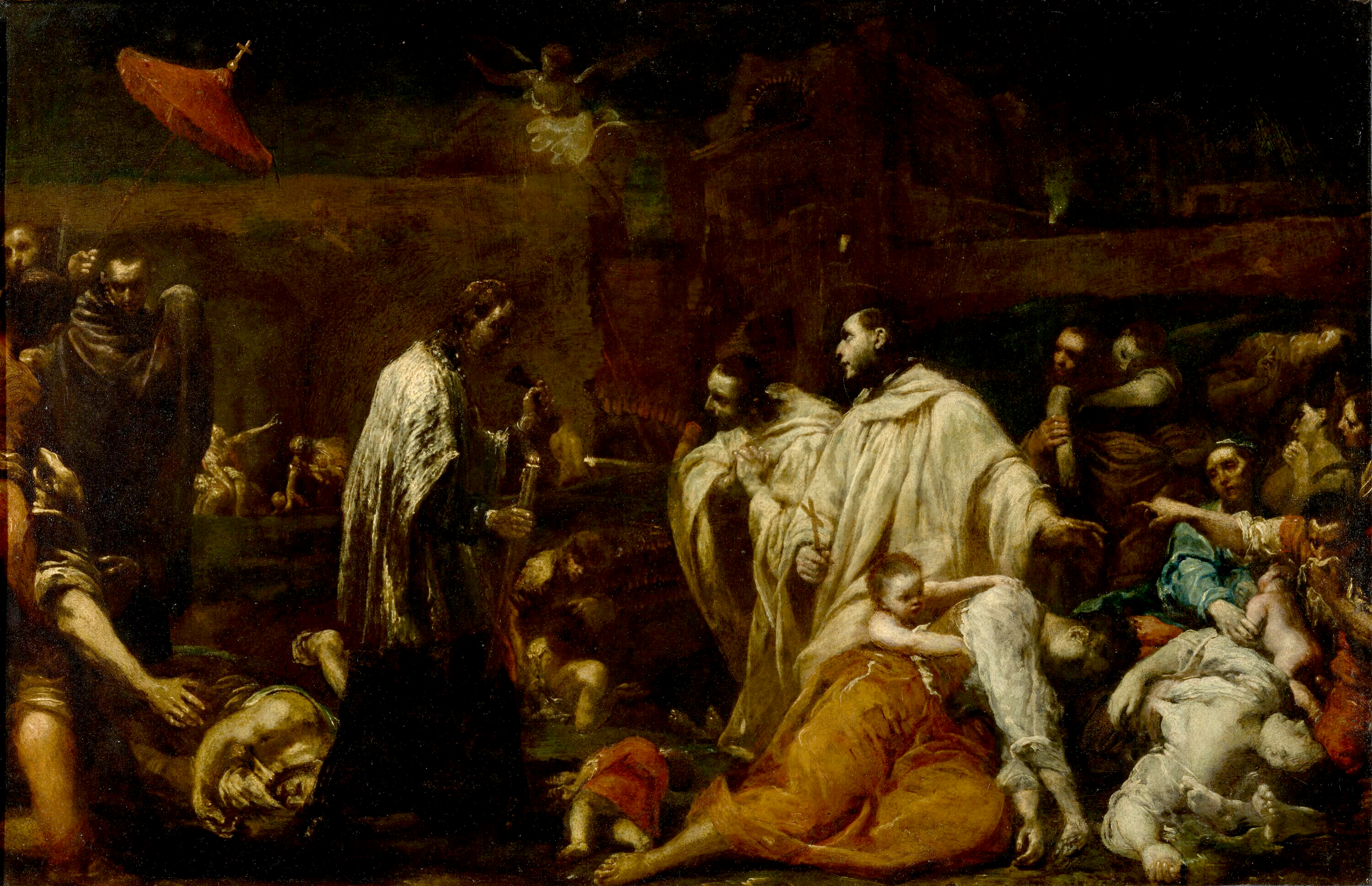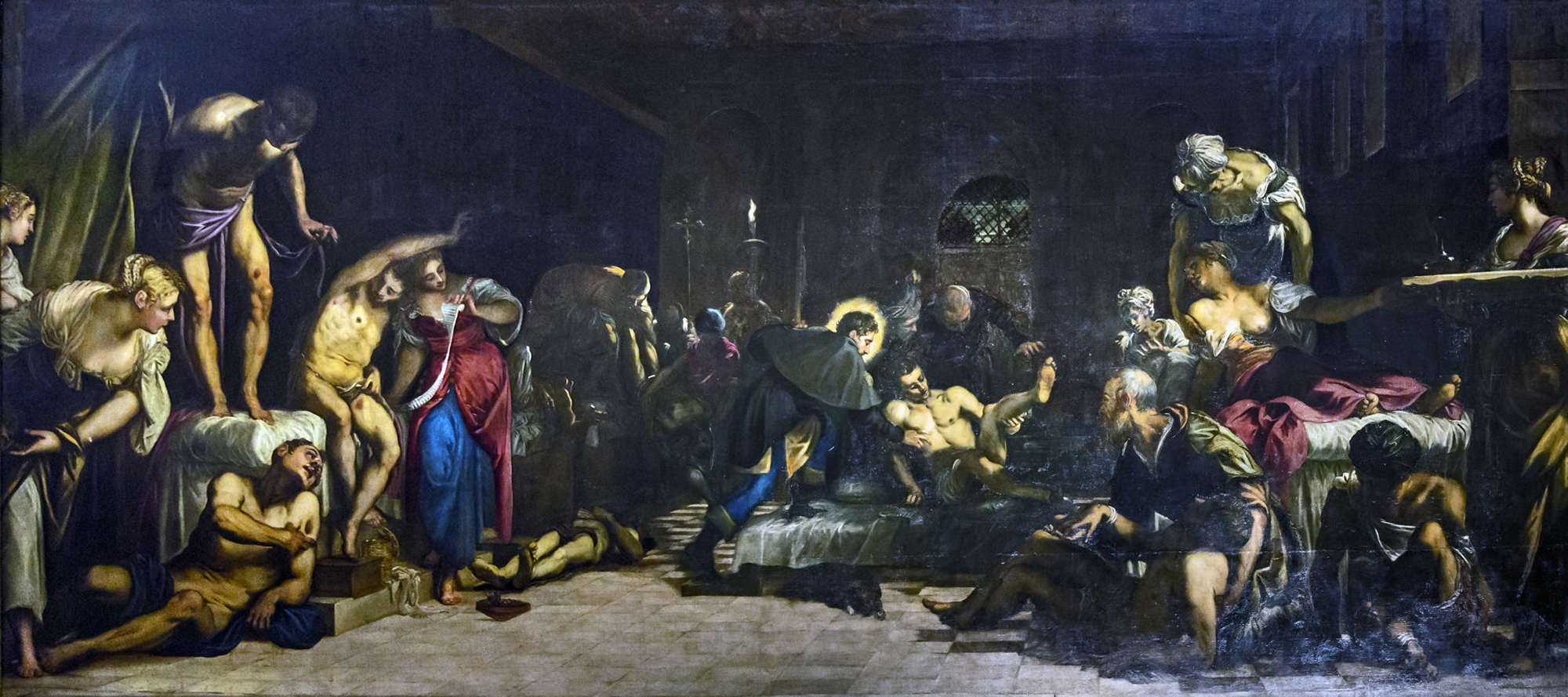The Signs of Impending Death
The Black Death 1347–1352 CE is the worst plague outbreak of the medieval world, unprecedented and unequaled until the 1918–1919 CE flu pandemic in the modern age.

1346
The cause of the plague is unknown. The Black Death spread to Europe when Mongol King Janibeg’s army attacked the Genoese trading port of Kaffa in Crimea. As infected soldiers died from the disease, Janibeg catapulted the infected bodies over city walls, causing the under-siege Genoese to also become infected.

May 1347
Survivors in Kaffa escaped by sea, leaving behind streets covered with corpses. The ships carried the epidemic westward to Mediterranean ports, quickly spreading the disease inland.
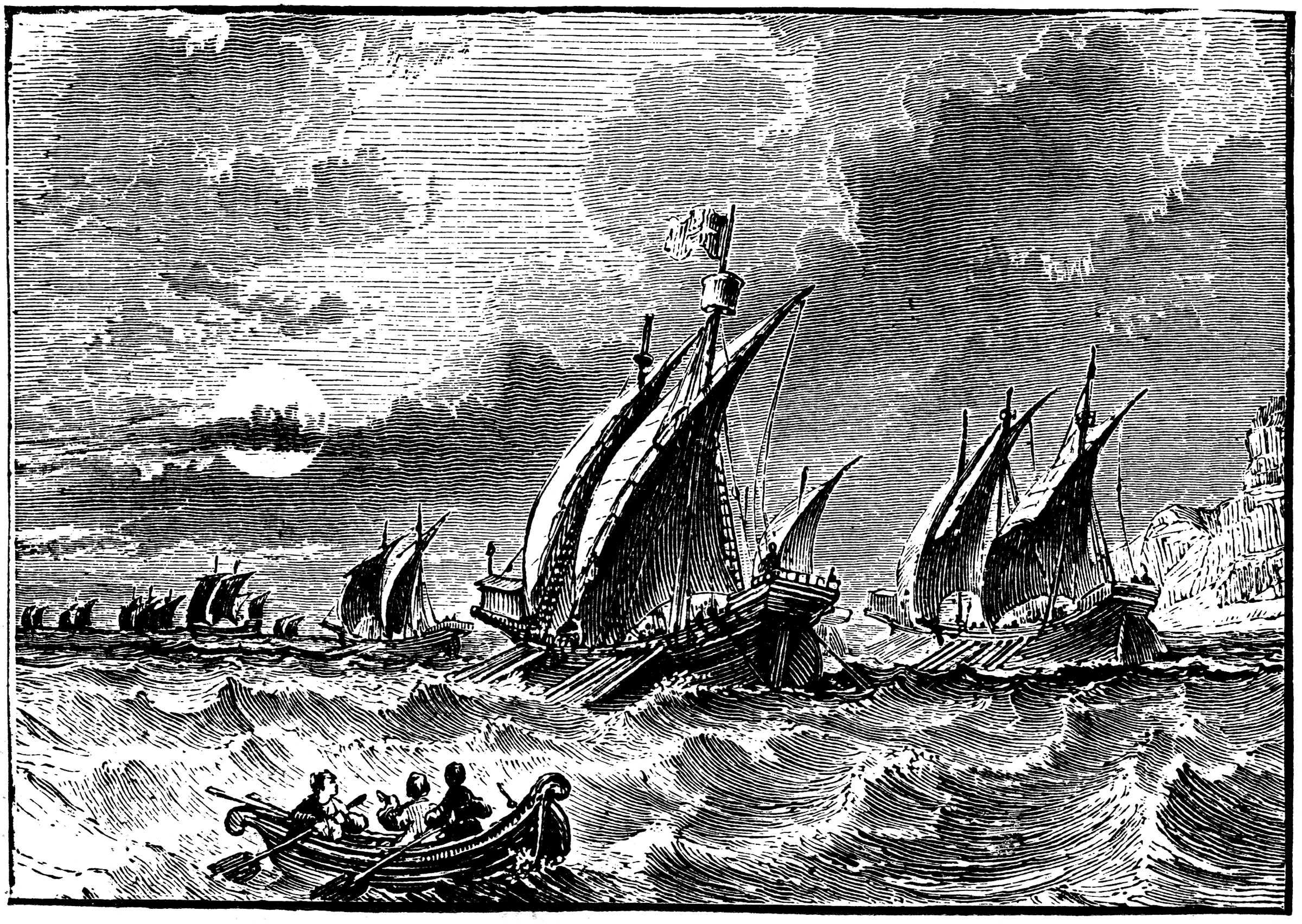
November 1347
The plague arrived in France by a Kaffa ship and quickly spread through the country. About 60% of the population succumbed to the disease. Many crazed with pain and vomiting blood. Their armpits, neck, and groin were all swollen, while ghastly black sores had spread all over their bodies.
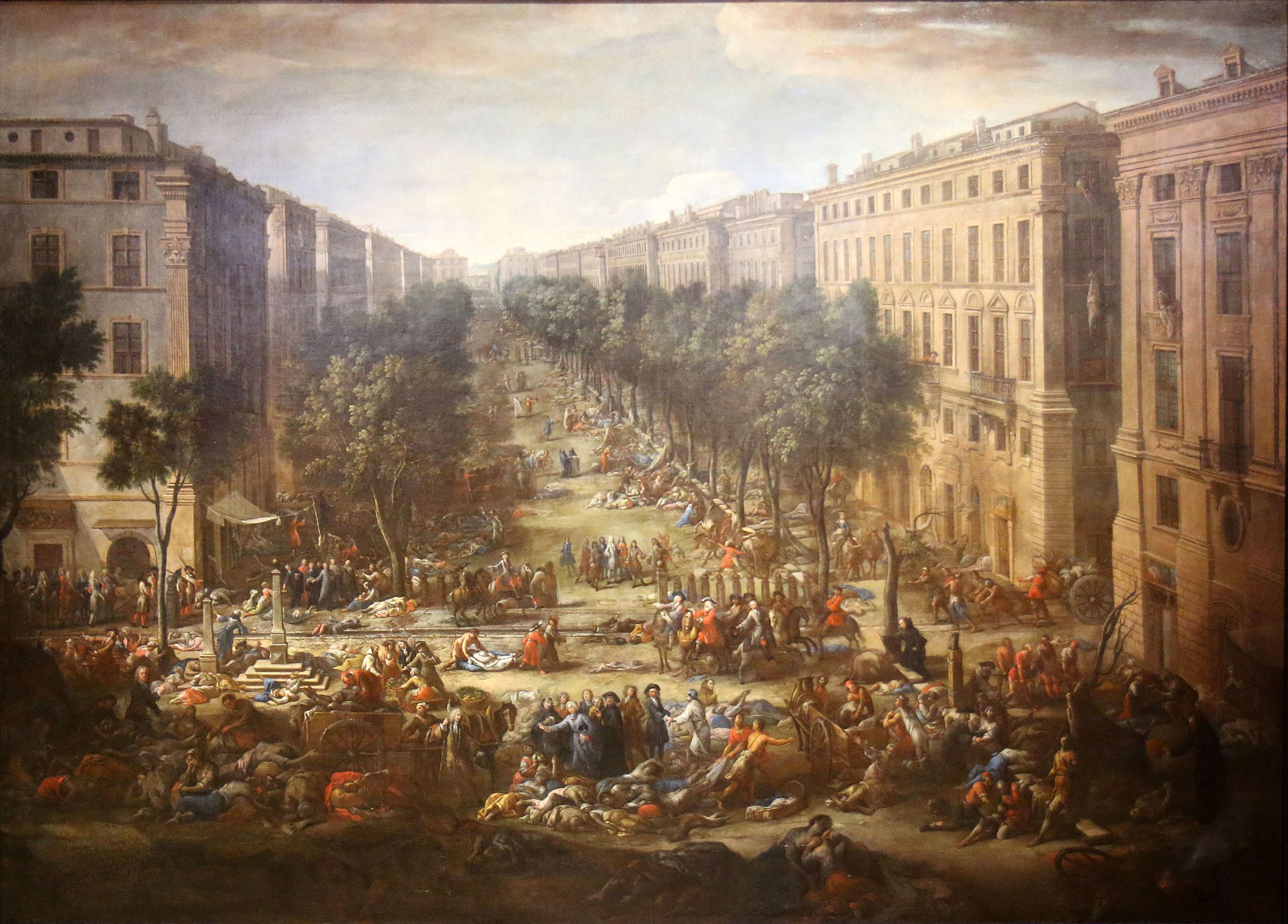
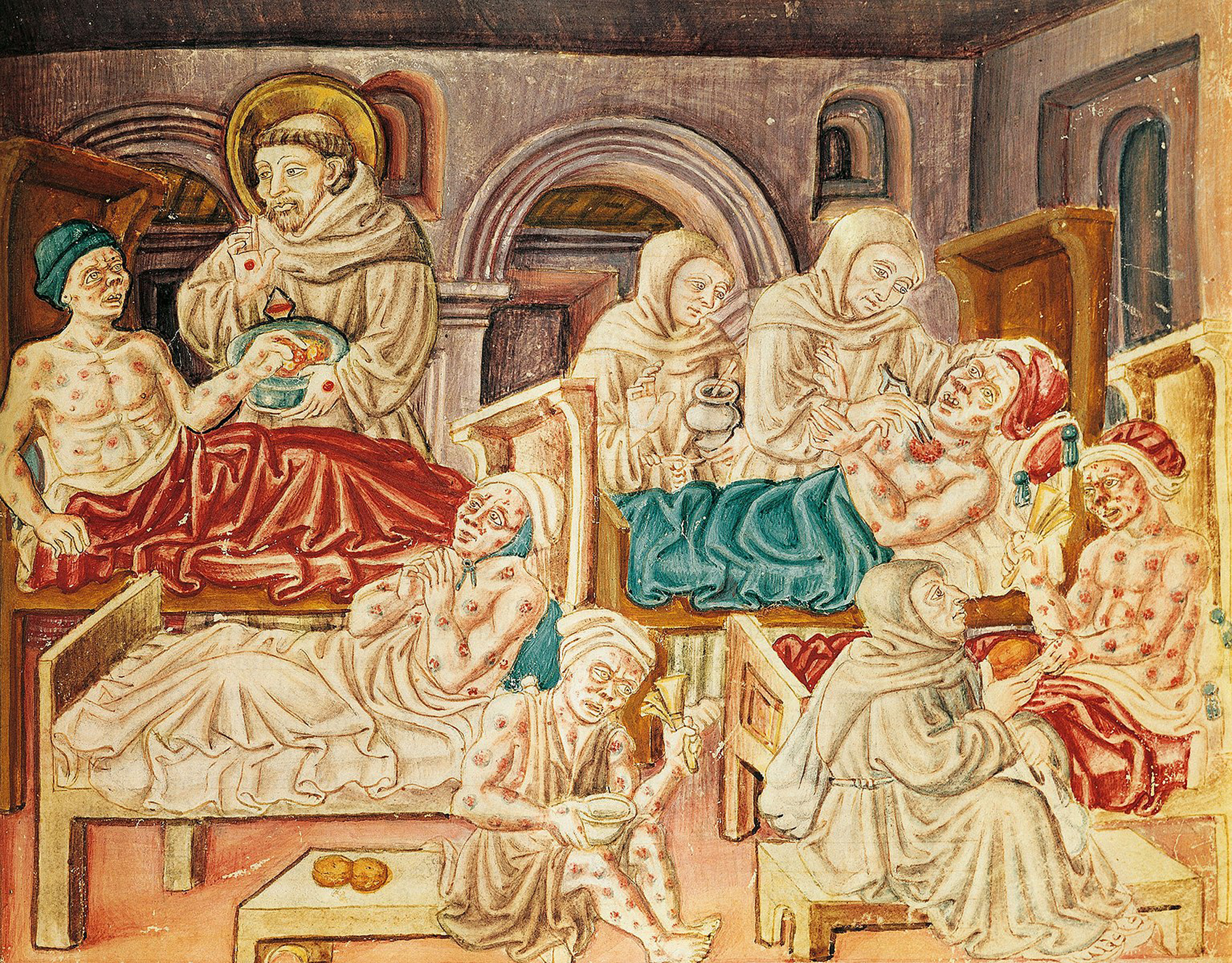
What is the bubonic plague?
The bubonic plague was the most commonly seen form during the Black Death, with a mortality rate of 30-75% and symptoms including high fever, headaches, painful aching joints, nausea and vomiting, and a general feeling of malaise. Of those who contracted the bubonic plague, 4 out of 5 died within a week.
October 1348
The plague entered England through the port of Melcombe Regis in Dorset. Even the royals fell victim to the pestilence. Following the infection and death of King Edward III’s daughter Princess Joan, the plague reached London. As the devastation growed, Londoners fleed to the countryside, inadvertently spreading it further. In one year, the plague hit Wales and killed 100,000 people.
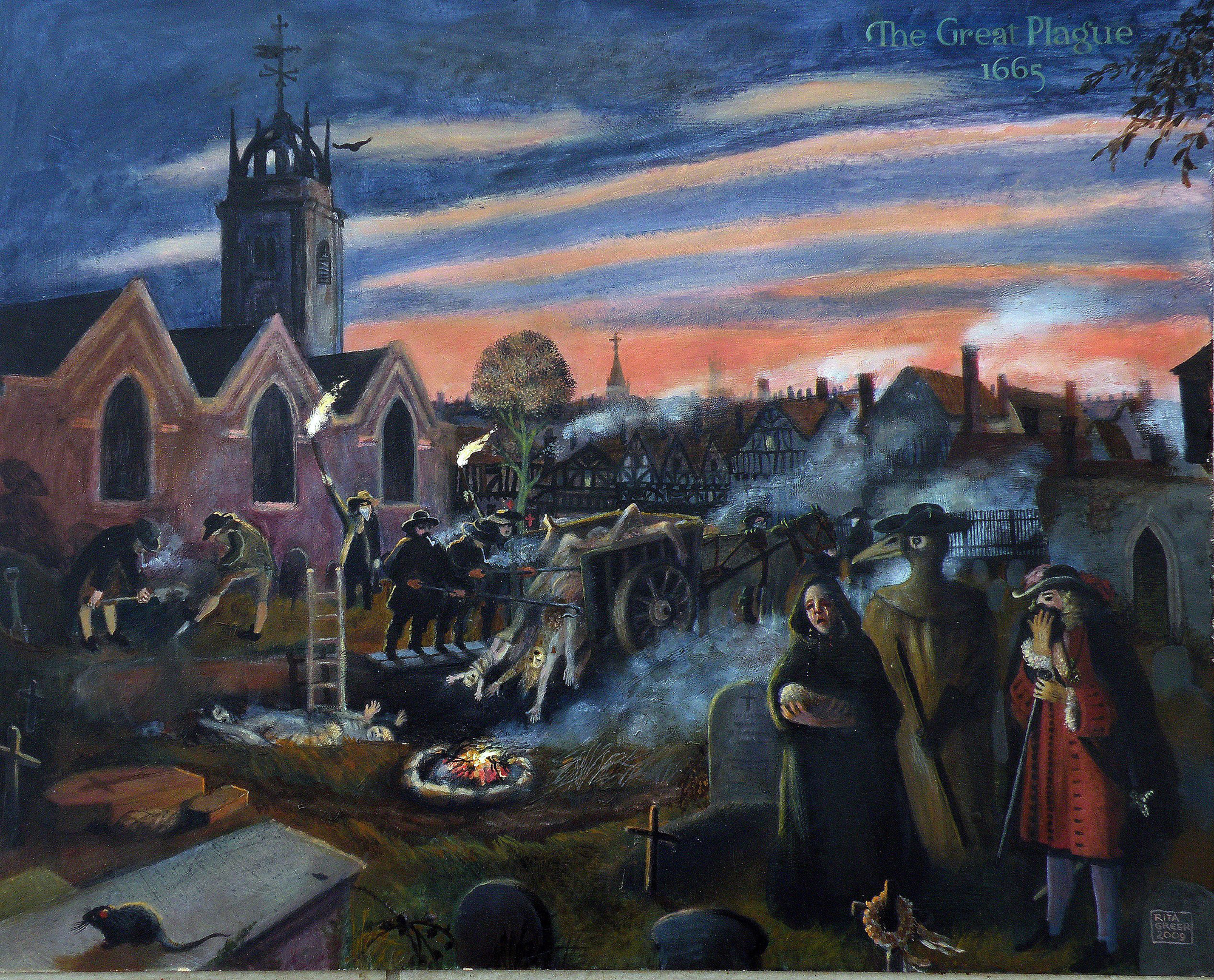
The pestilence killed so quickly that an infected person could have breakfast with friends and family…—Giovanni Boccaccio
…and dinner with ancestors in Paradise.
Neither physicians nor medicines were effective… There was such a fear that no one seemed to know what to do.—Marchione di Coppo Stefani
No bells tolled, and nobody wept no matter what his loss because almost everyone expected death…—Sienese Chronicler
…This is the end of the world.
June 1349
An English ship brought the Black Death to Norway. The ship’s crew was dead by the end of the week and the pestilence ravaged the kingdoms of Norway, Denmark, and Sweden. The loss of life led to a substantial weakening of the kingdoms, as well as a population decline from which it took several centuries to recover.
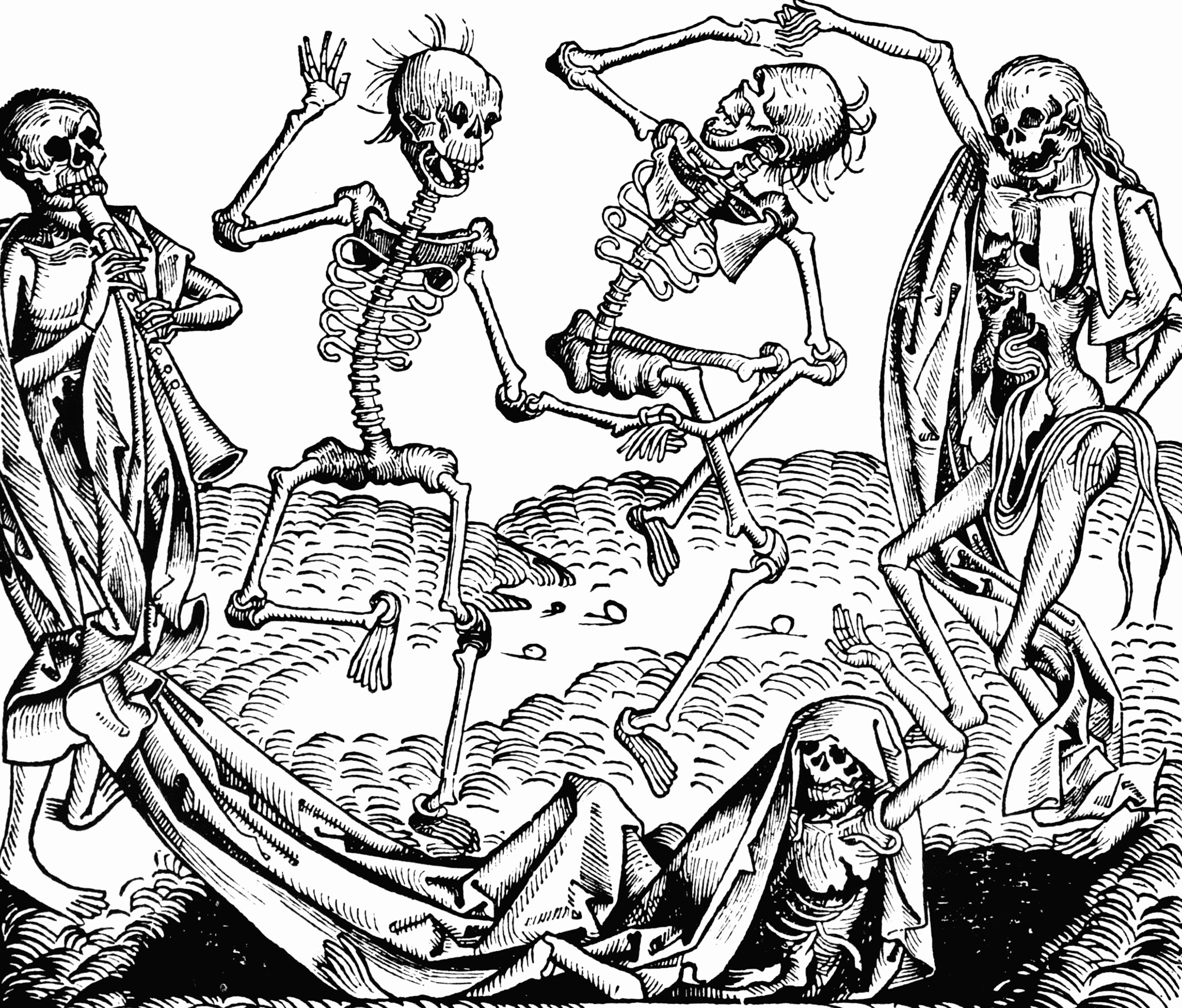
1351
The Black Death faded, possibly thanks to quarantine efforts, leaving half of Europe dead. The plague killed an estimated 25 million people, with half of Paris’s population of 100,000 people perishing. In Florence, Italy, the population was reduced from 120,000 to 50,000 in 1351.
